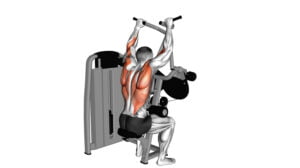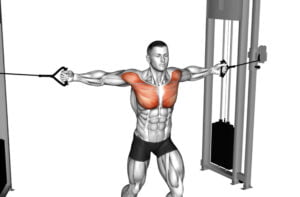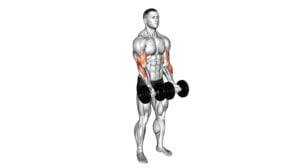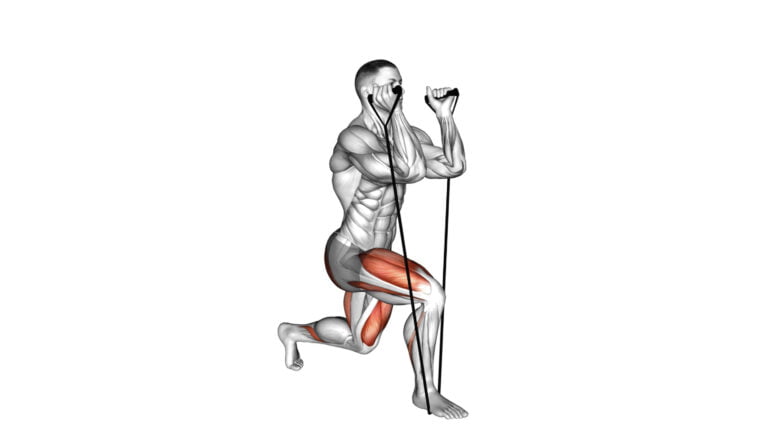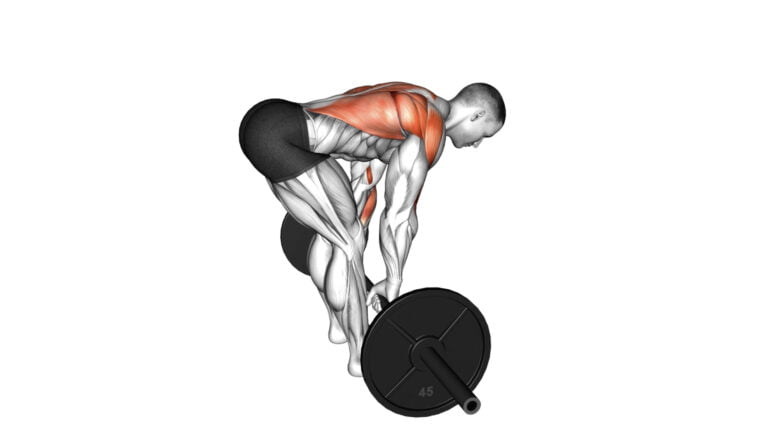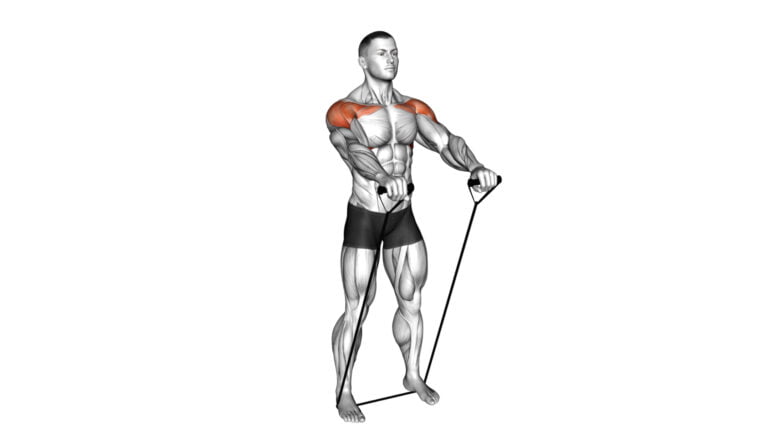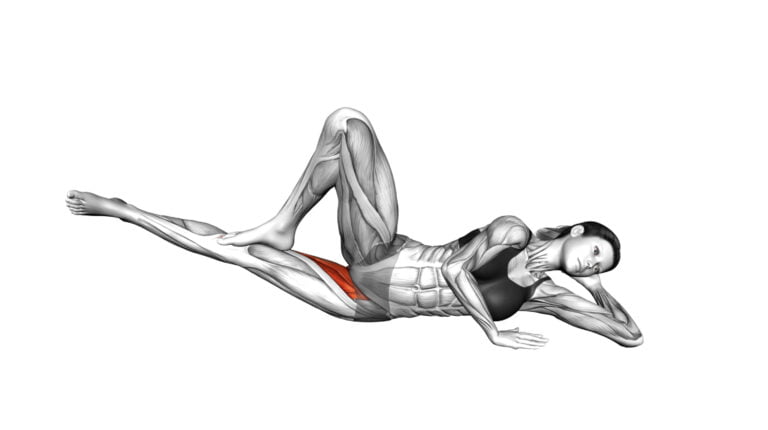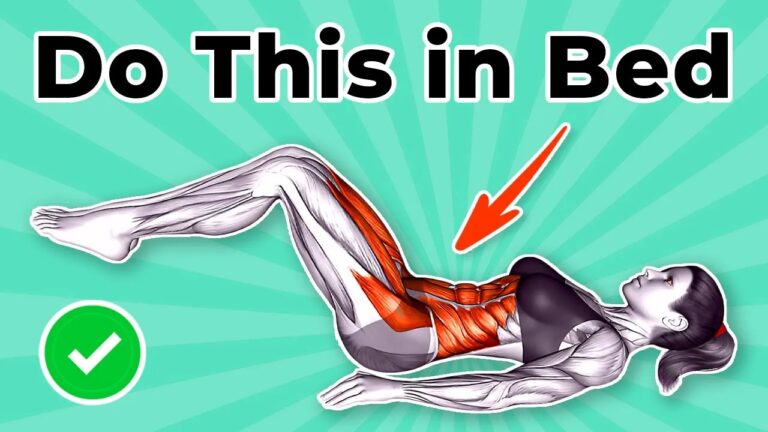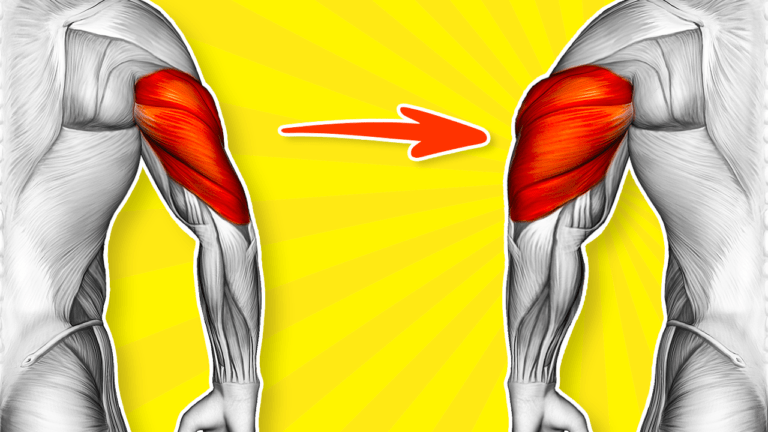Maximize Your Arm Gains – How To Workout Brachioradialis
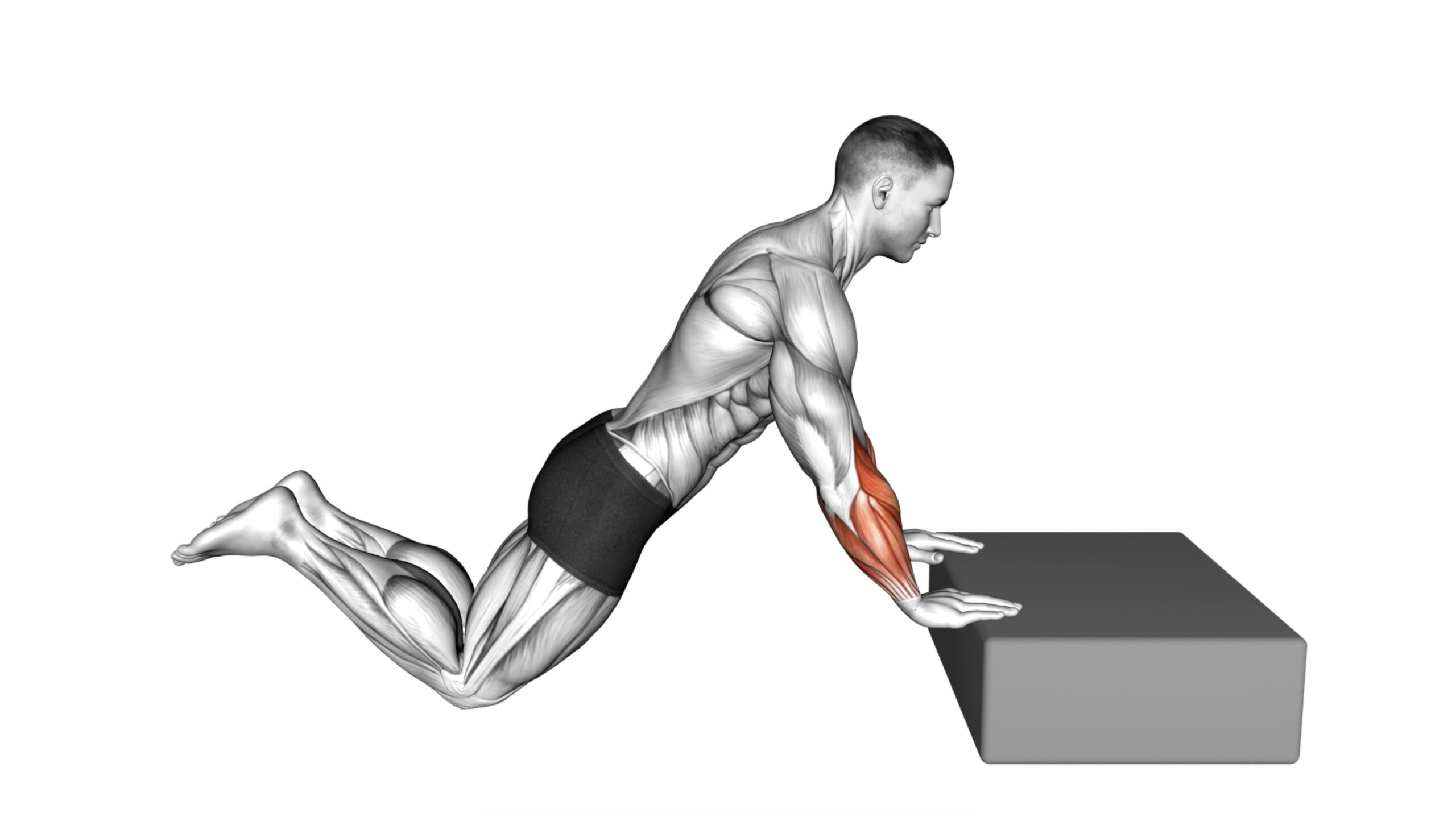
Many gym enthusiasts often overlook the brachioradialis, a key muscle in your forearm, during their workouts. With years of experience in strength training and bodybuilding, I’ve come to understand the critical role this muscle plays not just in achieving that desirable forearm size but also in enhancing overall arm performance.
It’s surprising how such an important part of our muscular structure gets so little attention.
Today, we’re shedding light on how to workout brachioradialis effectively—the right techniques can make a significant difference. Strengthening this muscle brings numerous benefits including better grip strength and more powerful arms.
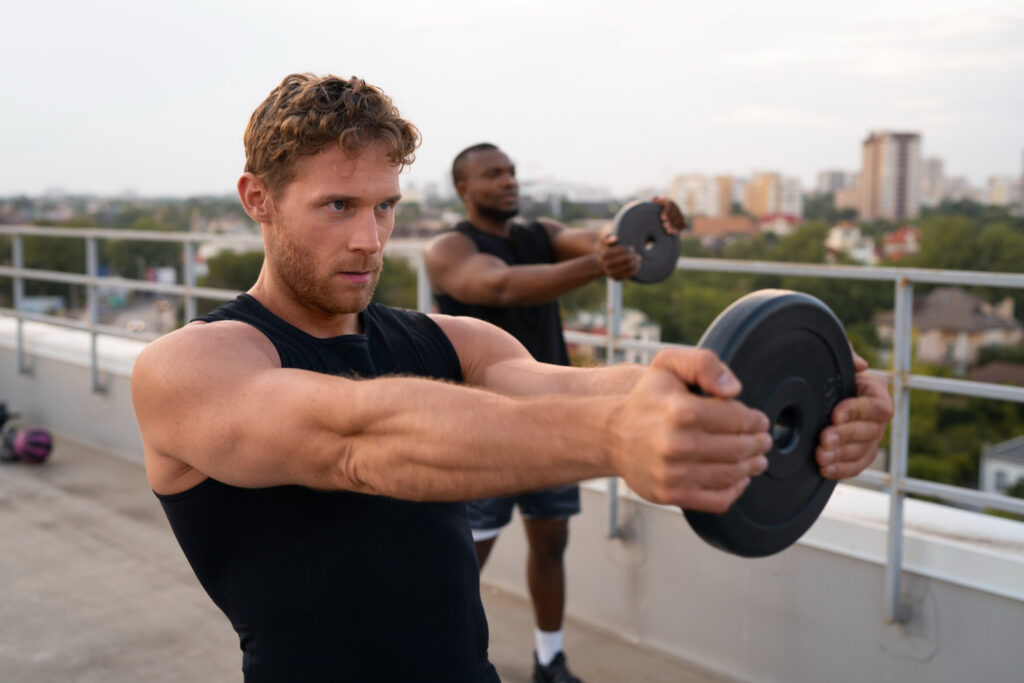
Ready for stronger forearms? Keep reading.
Key Takeaways
- Working out the brachioradialis muscle makes your forearms bigger and improves grip strength. This helps in lifting heavier weights and performing exercises like deadlifts and pull-ups better.
- To strengthen the brachioradialis, use specific exercises like barbell palms down wrist curl over bench, barbell standing back wrist curl, cable reverse wrist curl, kneeling incline finger press, plate pinch, and wrist roller activities. These target the forearm muscles effectively.
- Using proper form and technique is crucial when doing these workouts to avoid injuries. Start with lighter weights to ensure correct movement before adding more weight for progressive overload.
- Staying consistent with your training routine leads to noticeable improvements in arm size and grip strength. Regular practice helps build this muscle efficiently.
- Mixing up your workout by changing exercises, increasing weight or reps gradually (progressive overload), ensures continued growth of the brachioradialis muscle for stronger forearms.
Understanding the Brachioradialis Muscle
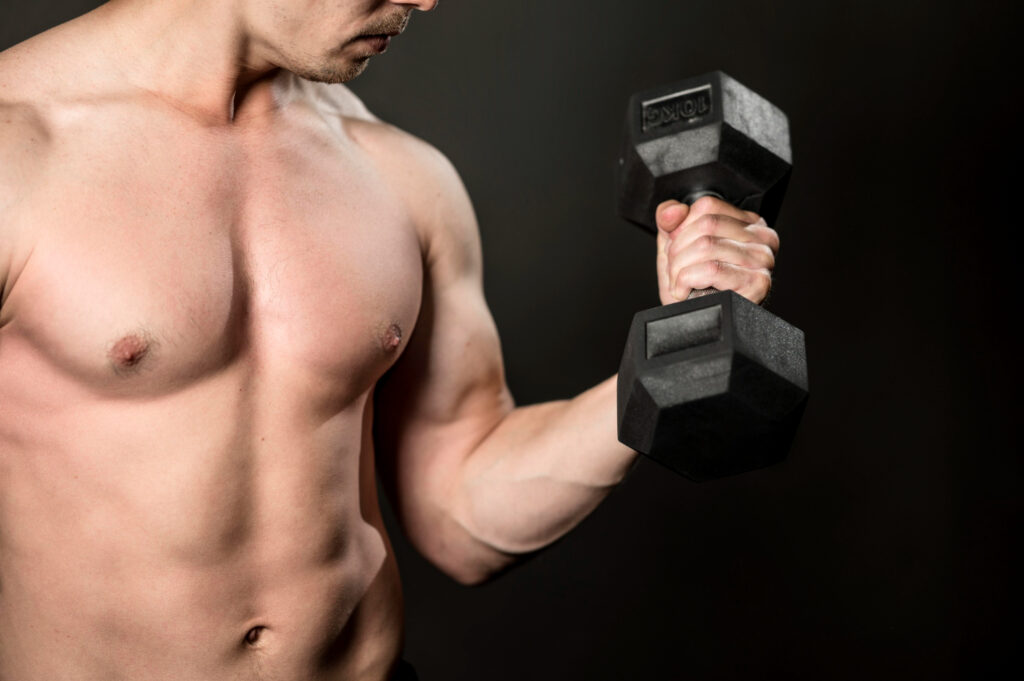
The brachioradialis muscle is a key player in moving your forearm. To know how to workout brachioradialis, it helps to learn where this muscle is and what job it does for you.
Anatomy of the Forearms
Your forearms pack a lot of muscle and tendon magic. At the front, you have the wrist flexors that help bend your wrist towards you. On the top side are the extensor muscles, which do the opposite by pulling your wrist back.
Smack in the middle is our star player, the brachioradialis. This strong band starts near your elbow joint on one bone of your upper arm and travels all the way down to attach to a place near your thumb on your forearm bone.
Now, this muscle isn’t just hanging out for looks; it plays a big role every time you lift something heavy or perform moves like reverse curls. It helps turn your palm down (pronation) or up (supination) — think turning a door handle or twisting a key.
Also, when you grab onto weights for exercises like hammer curls or barbell lifts, guess who’s helping make that grip solid? Yes, our friend brachioradialis steps up to ensure you can hold onto things tightly without losing grip strength midway through lifting those iron bars at the gym.
Function of the Brachioradialis
The forearm has many muscles, and among them, the brachioradialis plays a crucial role. It helps you bend your elbow. This might seem like a small job, but it’s vital for lifting things and flexing your arms during workouts.
The muscle starts from your upper arm bone and attaches to the radius, one of the forearm bones. So, when you do exercises like barbell curls or hammer curls, this muscle gets to work.
Think of it as an ally in making your arms stronger and more powerful. It jumps into action during movements that need you to turn your hands palm down or palm up (like when using dumbbells or an EZ-curl bar).
Plus, it supports grip strength – very important for holding onto weights tightly during tough sessions. Working on this muscle can make a big difference in how much weight you can lift and how well you perform various exercises that target both the forearms and upper arms.
Benefits of Strengthening the Brachioradialis
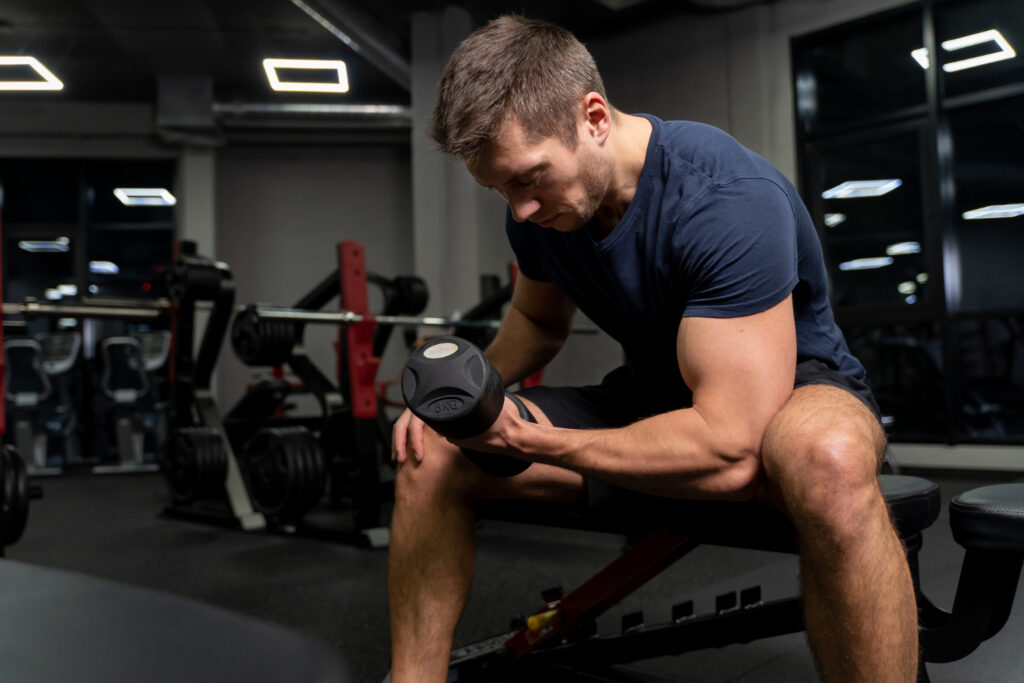
Making your brachioradialis muscle stronger can make a big difference. It means you get bigger forearms, your arms turn stronger overall, and holding onto things feels easier. To learn how to workout brachioradialis effectively with the right exercises, keep reading!
Improved forearm size
Working on your brachioradialis muscle makes your forearms bigger. This is great for bodybuilders who want their arms to look strong and balanced. Bigger forearms also mean you can hold things tighter and lift heavier weights without feeling like they’re slipping away.
Stronger muscles in this area help with exercises that need a lot of grip strength, like deadlifts and pull-ups. Next up, let’s talk about how boosting the power of your brachioradialis boosts overall arm muscle.
Enhanced arm strength
Strong arms help you lift more. They also make daily tasks easier. To get there, focus on your brachioradialis muscle in the forearms. This muscle plays a big part in moving your elbows and wrists.
Exercises like barbell wrist curls and cable curls target this key area. By working out these muscles, you boost your overall arm strength. This means better performance at the gym and in sports where you use your arms a lot, such as tennis or golf.
Increased grip strength
Grip strength is key for lifting heavy weights. It helps you hold on tighter and longer to things like barbells and dumbbells. This makes exercises more effective. Also, a stronger grip boosts your performance in many workouts, not just those for the arms but also when you do pull-ups or deadlifts.
Working on your brachioradialis muscle plays a big part in this. The better it gets, the firmer your grip becomes. Exercises like wrist curls with a barbell and pinch holds with weight plates are great ways to make this muscle stronger.
Don’t overlook these moves if you want to lift more and improve your forearm muscles.
Next, let’s talk about the best exercises specifically for beefing up your brachioradialis muscle…
Best Exercises for the Brachioradialis
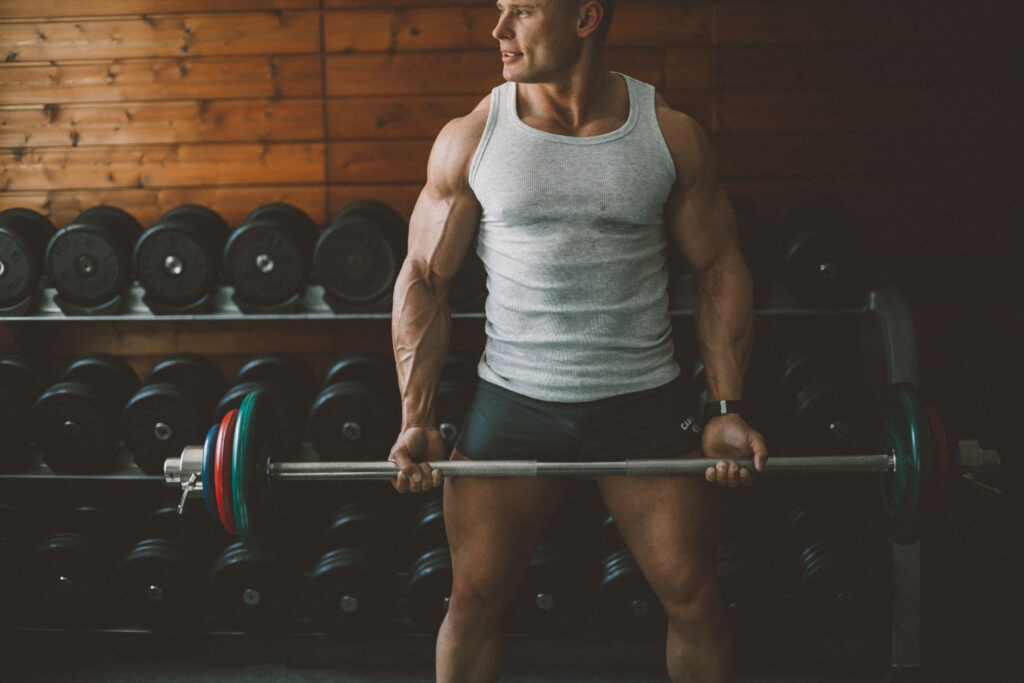
To get your brachioradialis muscles strong, you need the right moves. Here’s how to workout brachioradialis with exercises that really help.
1. Barbell Palms Down Wrist Curl Over Bench
This exercise starts with you sitting on a bench, holding a barbell with your palms facing down. Your forearms rest on the bench while your hands and the weight hang off the edge. Slowly curl your wrists up, lifting the weight as high as you can.
Then, lower it back down. This movement targets your brachioradialis muscle directly, making it stronger and more defined.
Keep your movements smooth and controlled to avoid any injuries. Focus on feeling the muscle work throughout the exercise for best results. Next up is Barbell Standing Back Wrist Curl, another great way to build forearm strength.
2. Barbell Standing Back Wrist Curl
To do the Barbell Standing Back Wrist Curl, you need a barbell. Stand up straight and hold it behind your back with your palms facing backward. This move targets your forearm muscles in a unique way.
Curl the weight towards your upper-arm bone by bending only your wrist joints, then lower it back down slowly. You’ll feel this work in the parts of your arms that help you grip tightly.
Keep your elbows locked to make sure the movement comes only from your wrists. This focus helps strengthen those forearm muscles effectively without putting too much strain on other areas.
It’s a simple exercise but very effective for building strong arms that can hold onto anything firmly.
3. Barbell Standing Wrist Curl
The Barbell Standing Wrist Curl is all about hitting the brachioradialis muscle. You stand up, hold a barbell with your palms facing up, and let it roll down to your fingers. Then curl your wrist up as much as you can.
Keep your forearms still so only the wrists work. This exercise makes sure the muscles in your lower arms get stronger and bigger.
Doing this curls right means focusing on smooth movements—no jerking or swinging the barbell. Start with lighter weights to keep good form then go heavier once you’re ready. As for sets and reps, mixing it up helps avoid overuse injuries like tendonitis but ensures growth too.
Next up, we’ll look at exercises that target these muscles from another angle: Cable Reverse Wrist Curl.
4. Cable Reverse Wrist Curl
Cable Reverse Wrist Curl is a great move for your muscles. You need a cable machine and a bar. Stand facing the machine. Hold the bar with hands down, about shoulder-width apart. Keep your arms straight.
Curl your wrists up towards you. Slowly let them go back after a short hold.
This exercise targets the brachioradialis in your forearm well. It also works on other parts of the arm and wrist extensors. Doing it helps make these muscles stronger and boosts grip power.
Make sure to keep using more weight as you get better at it for continued muscle growth.
5. Cable Standing Back Wrist Curl
Shifting gears from the Cable Reverse Wrist Curl, we move on to another effective workout for your brachioradialis: the Cable Standing Back Wrist Curl. This exercise needs a cable machine and focuses on strengthening your forearm muscles.
Stand with your back to the machine, grab the handle with an overhand grip – like you’re about to do a reverse bicep curl – and keep your arm straight down. Now, using only your wrist movement, pull the handle towards you as far as you can go.
Then slowly let it return.
This simple yet powerful move targets not just the brachioradialis but also hits other key areas around it for better arm strength and size. The beauty of this exercise is how it isolates these muscles with precision—no need for complex setups or heavy weights.
Just make sure you stand firm, move smoothly, and focus on controlling that weight with your wrists alone. It’s a perfect addition to those who aim at building stronger grips and mightier forearms without overstressing their joints.
6. Dumbbell One Arm Seated Neutral Wrist Curl
To do a Dumbbell One Arm Seated Neutral Wrist Curl, grab a dumbbell and sit down. Make sure your arm rests on your leg with the palm facing in. This keeps the wrist straight while moving only your hand up and down.
It’s like you’re trying to lift something heavy just with your fingers. This move really works out a part of the arm called the brachioradialis. It helps make this muscle stronger.
Now, don’t rush this exercise. Move slow and steady for better results. Also, be sure to switch arms so both sides get a good workout. After doing this for some time, your grip will feel stronger when holding things or pulling weights during other exercises.
Next up is another great way to work out your forearm…
7. Kneeling Incline Finger Press
Kneeling Incline Finger Press is a great move for your forearms and grip power. This exercise helps make the muscles in your arms stronger, especially the brachioradialis. Start by kneeling behind an incline bench.
Place your hands on the weight bar with fingertips facing towards you. Keep elbows straight and press down hard with fingertips, like you’re trying to leave marks in steel. Lift again after a short break.
Doing this workout, you focus on forearm size and arm strength. It’s not just about pushing against resistance; it’s also about control when lifting back up. Say goodbye to weak grips and hello to powerful handshakes that show off all your hard work in the gym.
Use this exercise as part of a bigger plan for better muscle building across your body, including those important forearm muscles that help with elbow bending movements and handling heavy loads without tiring easily.
8. Plate Pinch
Moving on from the Kneeling Incline Finger Press, let’s talk about the Plate Pinch. This exercise is great for working out your forearms and improving your grip strength. All you need are some weight plates.
You hold these plates in one hand, keeping them together only with your fingers’ strength. Then, you try to hold them for as long as you can.
The goal is to keep increasing the time or the weight of the plates as you get stronger. It’s a simple yet effective way to make your brachioradialis muscle and grip much stronger.
Plus, it doesn’t require any fancy equipment—just some standard weight plates that most gyms have.
9. Wrist Roller
A wrist roller is a great tool for your workouts. It helps make your forearms strong and improves grip. You hold it in front of you, arms straight, and roll a weight up and down. This motion works out the brachioradialis big time.
You can use it standing or on your knees to keep focus on the forearm.
With this exercise, you see results fast! Your grip gets better which helps with other lifts like deadlifts or pull-ups. Start light then add more weight as you get stronger. Stick with it, and soon lifting heavier stuff will feel easier.
10. Weighted Plate Standing Hands Torsion
Grab a weight plate for this next move, called the Weighted Plate Standing Hands Torsion. Stand up straight and hold the plate with both hands at arm’s length. Keep your elbows tight by your sides.
Now, twist your wrists as if you’re trying to turn a big knob – first one way and then the other. This twists work out your brachioradialis by making it help twist and hold the weight.
Do this exercise slowly to really feel it in your muscles. Your grip will get better, and those forearm muscles will start to pop. After getting good at twisting that weight plate, you’ll see how much stronger your arms can get.
Next up, let’s talk about sets and reps for all these exercises…
Recommended Sets And Reps
Shifting gears from picking the right exercises like the Weighted Plate Standing Hands Torsion, it’s crucial to nail down the sets and reps for peak brachioradialis muscle growth. Perfecting this will fuel your progress, making those forearms formidable. Below is a guide, where simplicity meets precision.
| Exercise | Sets | Reps |
|---|---|---|
| Barbell Palms Down Wrist Curl Over Bench | 3 | 12-15 |
| Barbell Standing Back Wrist Curl | 3 | 12-15 |
| Barbell Standing Wrist Curl | 3 | 12-15 |
| Cable Reverse Wrist Curl | 4 | 10-12 |
| Cable Standing Back Wrist Curl | 4 | 10-12 |
| Dumbbell One Arm Seated Neutral Wrist Curl | 3 | 12-15 |
| Kneeling Incline Finger Press | 3 | 12-15 |
| Plate Pinch | 2 | Hold for 30-60 seconds |
| Wrist Roller | 3 | Roll up and down twice |
| Weighted Plate Standing Hands Torsion | 3 | 10-12 |
This table spells out a clear path. Start with lower intensity, then push harder as you go. Use weights that make the last reps tough but doable. Keep workouts fresh by mixing up exercises. Stay on this path, and strong, muscular forearms are yours for the taking.
Tips for Maximum Brachioradialis Development
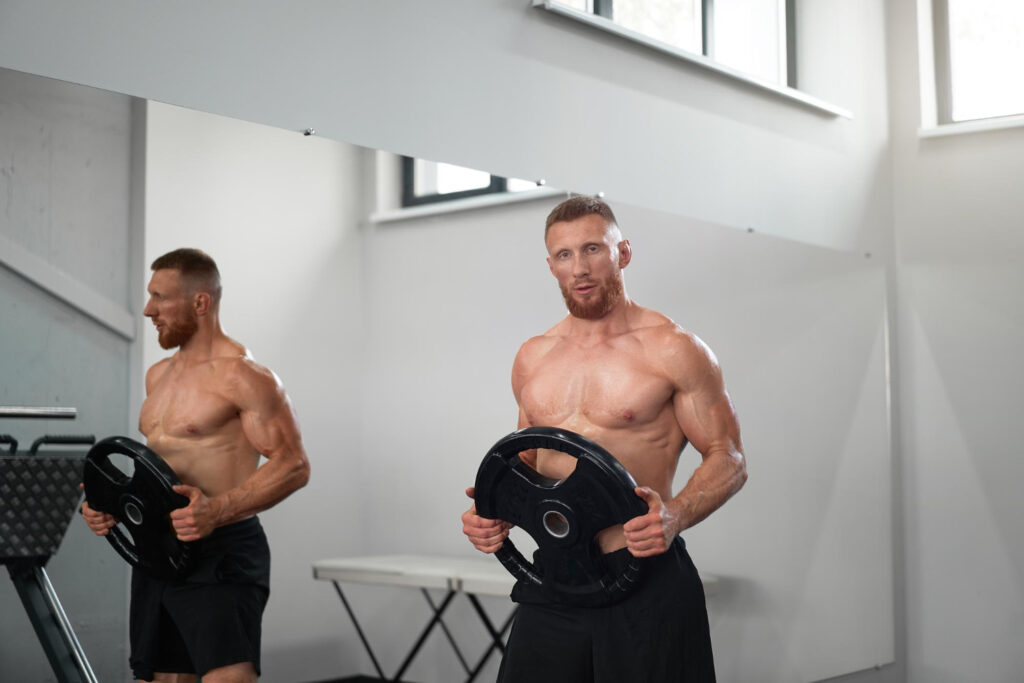
To see big gains in your brachioradialis, you need to nail the basics. Focus on doing each move right and slowly adding more weight. This muscle is key for strong forearms and a tight grip, so don’t rush.
Stick with it, and you’ll learn how to workout brachioradialis like a pro.
Proper form and technique
Using the right form and method is key. It means moving your body the right way when you do exercises like bicep curls, chin-ups, and push-ups. This keeps you safe from injury. Think of it as making sure every move counts without hurting yourself.
Keep your wrists straight during elbow flexion movements. That’s how you help muscles like the brachioradialis work hard without putting too much strain on them.
For each workout, start slow and focus on doing each rep with care. If lifting a barbell for curls or gripping heavy plates, your elbows should stay close to your side. Your goal? To move through a full range of motion where your forearm muscles fully flex and extend.
This approach makes sure that the brachioradialis muscle gets hit just right, boosting arm size and grip strength over time.
Progressive overload
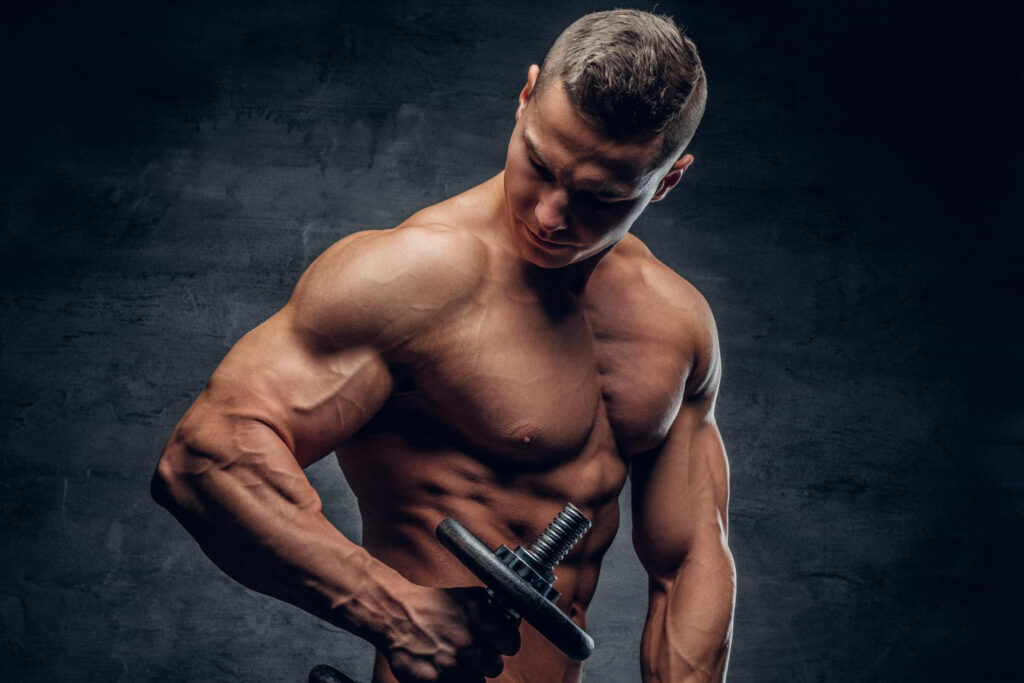
To get your brachioradialis muscle stronger, you need to keep challenging it more and more over time. This means lifting heavier weights or doing more reps as you get stronger. Think about starting with a light dumbbell in exercises like hammer curls or reverse biceps curls.
Then, as those become easier, switch to a heavier dumbbell or add more reps into your routine.
Changing up how much weight you lift or how many times you lift it keeps your muscles guessing and growing. You might also try different wrist movements or hold the weight longer to make the exercise tougher.
This way, your forearms will not only look better but will become much stronger too.
Consistency
Sticking to your workout plan makes a big difference. If you train your brachioradialis muscle often, it gets stronger and bigger. Think of your muscle like a skill you’re learning.
The more you practice, the better you get. So, hit those exercises—barbell curls, reverse wrist curls, and all that good stuff—regularly. Don’t skip days because you’re not feeling it or switch routines too much.
You need patience too. Big changes won’t happen overnight. Keep at it, even when progress seems slow. Your grip strength will improve along with your forearm size before you know it.
Next up, let’s chat about how getting enough protein plays into this equation….
Conclusion
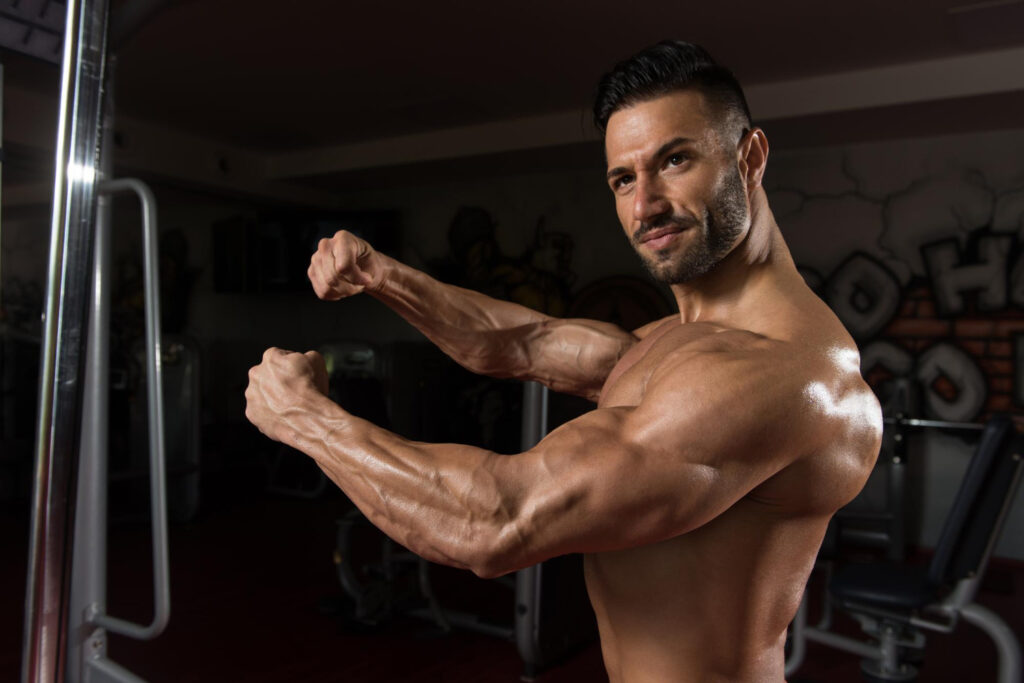
We talked about the brachioradialis, where it is and what job it does. You learned exercises like barbell curls and wrist rolls to make it stronger. These moves are easy to do but very good for building muscle in your arms.
Doing them often will make your grip better and your forearms bigger. For the best results, keep doing these workouts right, add more weight over time, and do not skip days. If you keep at this, you’ll see big changes — not just in how you look but also in what you can lift or hold onto.
So go ahead, give those exercises a try; learn how to work out brachioradialis effectively!
FAQs
1. What’s the best way to make my brachioradialis muscle stronger?
To beef up your brachioradialis, mix isolation exercises like dumbbell curls and concentration curls with compound moves such as chin-ups and pushups. This approach targets not just the brachioradialis but also muscles around it for balanced strength.
2. Can I work on my brachioradialis at home without gym equipment?
Absolutely! For a solid home workout, try pushups, which engage your shoulders, triceps, and more… or grab any heavy object for makeshift dumbbell curls. It’s all about getting creative.
3. Why should I bother strengthening my brachioradialis?
Strengthening your brachioradialis helps in movements of the wrist like radial deviation and gripping… Plus, it adds to a well-rounded physique by balancing upper arm development between bigger muscles like biceps and triceps.
4. Does targeting my brachioradialis help prevent injuries?
Yes! A strong brachioradialis can reduce the risk of repetitive stress injuries common in activities that involve lots of wrist action—think tennis elbow prevention by supporting tendons around your elbow.
5. How often should I exercise my brachioradialis for growth?
Aim for 2-3 times a week with rest days in between… Remember: Muscles grow during rest periods when they repair themselves from workout-induced micro-tears.
6. What foods should I eat to support muscle growth including my brachioradialis?
Lean meats packed with protein are great for muscle repair… Don’t forget to hydrate and maybe throw in a protein shake after workouts for that extra boost towards building those muscles.

Author
Years ago, the spark of my life’s passion ignited in my mind the moment I stepped into the local gym for the first time. The inaugural bead of perspiration, the initial endeavor, the very first surge of endorphins, and a sense of pride that washed over me post-workout marked the beginning of my deep-seated interest in strength sports, fitness, and sports nutrition. This very curiosity blossomed rapidly into a profound fascination, propelling me to earn a Master’s degree in Physical Education from the Academy of Physical Education in Krakow, followed by a Sports Manager diploma from the Jagiellonian University. My journey of growth led me to gain more specialized qualifications, such as being a certified personal trainer with a focus on sports dietetics, a lifeguard, and an instructor for wellness and corrective gymnastics. Theoretical knowledge paired seamlessly with practical experience, reinforcing my belief that the transformation of individuals under my guidance was also a reflection of my personal growth. This belief holds true even today. Each day, I strive to push the boundaries and explore new realms. These realms gently elevate me to greater heights. The unique combination of passion for my field and the continuous quest for growth fuels my drive to break new ground.





